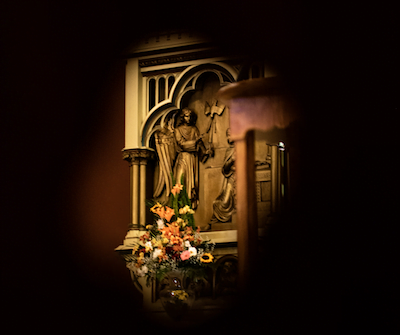SOLEMNITY
The Roman Empire celebrated the beginning of the New Year with wanton festivities, ceremonies, and gifts. The Church tried to counteract as attested by the words of St. Augustin
They will be giving new-year’s gifts, you should give alms. They will be singing wanton songs, you should be drawn to the Words of the Scripture. They will be rushing to the theater, you to the Church. They will get buzzed, you should fast.
Even before the beginning of the 7th cent., probably under the influence of Byzantium, the Roman church celebrated a Marian feast on January 1st: Natale sanctae Mariae (here natale means a general feast and not only nativity).
After the liturgical reform of the calendar in 1969, January 1st obtained a renewed Marian emphasis as the Solemnity of Mary, the Holy Mother of God, which was also to include Circumcision and Namesgiving to Jesus (8 days after the birth, according to Jewish customs).
The liturgy offers readings from Num 6 (the priestly blessing), Gal 4 (God sent his Son in the fulness of time), and Luke 2 (Mary reflects on the events after the visit of the shepherds). The prayers relate to the motherhood of Mary and the birth of Christ.
Since the Church confesses that Jesus is inseparably true God and true man, he became a man and our brother without ceasing to be God and Lord. Mary conceived him as a man by the Holy Spirit, but he remained to be the Father’s eternal Son, the second person of the Holy Trinity. Hence the Church confesses that Mary is truly Mother of God.
It is a holy day of obligation. Holy Masses at SS. Cyril and Methodius will be on Tuesday at 5.30PM, on Wednesday at 7.30AM, 9.30AM, 11.30AM (Slovak) and 5.30PM.


